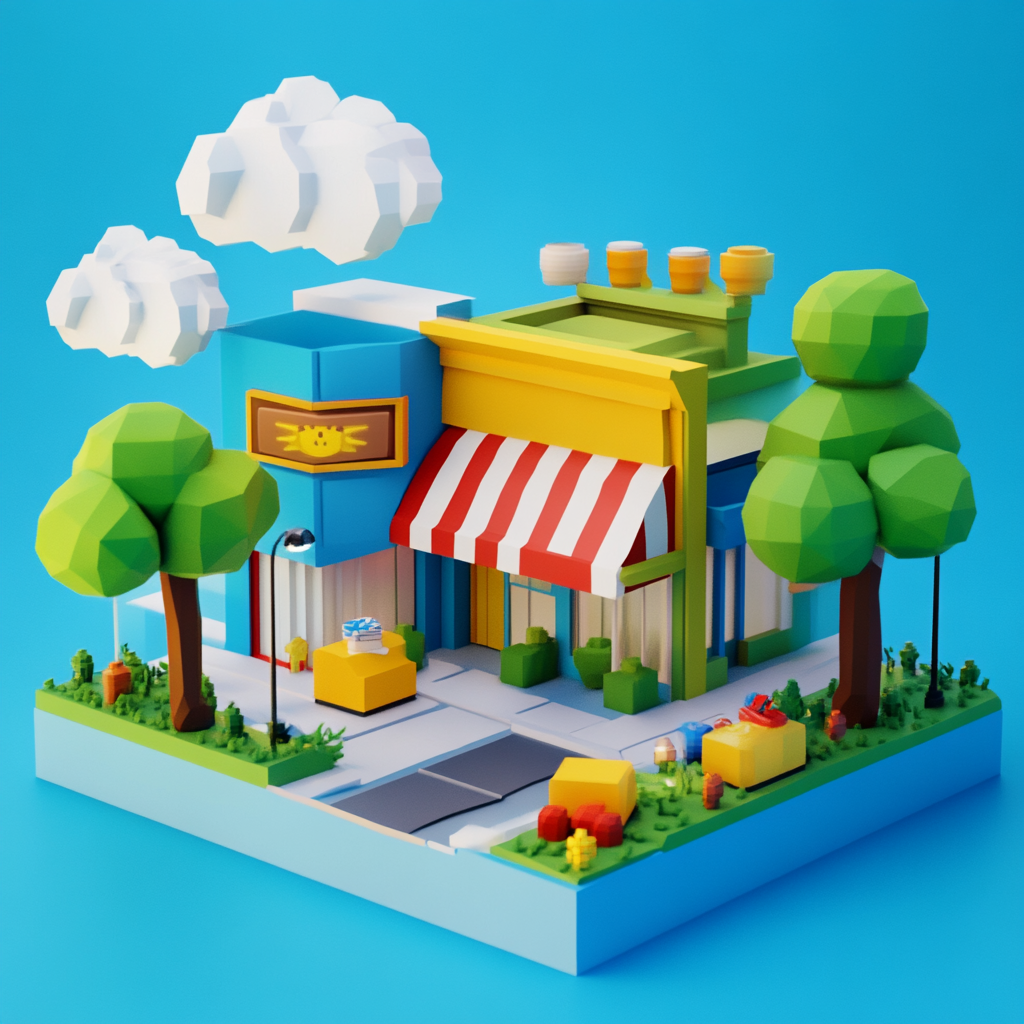Roblox and Shopify: A New Era of Retail in the Metaverse – What This Means for Engagement Metrics
As the Metaverse continues to redefine digital interaction, platforms like Roblox are expanding their horizons beyond gaming. A recent announcement about a partnership with Shopify marks a groundbreaking development in virtual commerce. Set to launch in 2025, this integration will allow brands and creators to sell retail items directly within the Roblox app, bridging the gap between gaming and e-commerce in a way that has never been done before.
Let’s explore what this collaboration means for engagement metrics on Roblox, and how it could transform the platform’s economy and user behavior.
What the Partnership Means for Roblox Users and Retailers
By teaming up with Shopify, Roblox is unlocking a new realm of possibilities for both its users and retailers. Players will be able to purchase real-world items directly within the app, integrating shopping seamlessly into their gaming experiences. For retailers, this presents an opportunity to reach a younger, highly engaged audience in an immersive environment where traditional marketing channels may not have as much impact.

How This Partnership Could Impact Engagement Metrics
1. Increased Session Lengths
One of the most immediate impacts on engagement metrics is likely to be an increase in session lengths. As users explore new retail experiences within Roblox, they are likely to spend more time in the app, browsing virtual storefronts, trying on digital items, and engaging with branded content. This longer engagement period is crucial for both Roblox and its partners, as it opens up more opportunities for interaction, purchases, and advertising.
2. Higher Retention Rates
The introduction of retail options within the Roblox environment will likely contribute to higher retention rates. As players return to the app to check for new items, sales, or exclusive deals, the frequent interaction will help establish a habit-forming behavior. Coupled with the existing social and gaming aspects of Roblox, the addition of commerce creates a more robust ecosystem where users have multiple reasons to return.
3. Enhanced User-Generated Content Engagement
Roblox’s creative community has always been at the heart of its success. With the Shopify partnership, creators will have the opportunity to design and sell exclusive items, driving engagement from users eager to access unique digital and physical goods. This could further boost engagement with user-generated content, increasing the overall value of the platform. Metrics such as the number of new user-created items, the frequency of item sales, and the interaction with these items will be key indicators of success.
4. More Diverse Revenue Streams
With the integration of Shopify, Roblox opens up a new revenue stream beyond in-app purchases and premium subscriptions. Retailers can leverage Roblox’s extensive user base to generate sales, and Roblox, in turn, can earn a share of these transactions. Tracking revenue per user (RPU) and average transaction value (ATV) will be important metrics to measure the financial impact of this partnership. This diversification of revenue is likely to appeal to investors and stakeholders, showcasing Roblox’s ability to innovate and expand its market presence.
5. Boosted Social Media Mentions and Brand Awareness
As users begin purchasing items from brands they love within Roblox, this is likely to generate significant buzz on social media. Expect an uptick in mentions, shares, and user-generated content featuring these retail items. Retailers may also see an increase in direct traffic from Roblox players who discover their brands in the virtual world and decide to visit their online or brick-and-mortar stores. Monitoring social media mentions, brand sentiment, and referral traffic from Roblox will be critical to understanding the partnership’s impact on brand awareness.

Preparing for the Launch: Key Metrics to Monitor
With the launch date set for 2025, here are the key metrics that brands and Roblox itself should focus on:
- Daily Active Users (DAU): Track the number of users engaging with the new retail experiences.
- Average Session Duration: Monitor how the introduction of retail affects the average time users spend on the platform.
- Conversion Rate: Measure the percentage of users making purchases after interacting with retail content.
- User Retention Rates: Observe if there is an increase in users returning to the platform after the launch of Shopify integration.
- Revenue Per User (RPU): Analyze how much revenue is being generated per user post-launch.
- Social Media Metrics: Keep an eye on mentions, shares, and brand engagement on platforms like Twitter, Instagram, and TikTok.
Final Thoughts: A Game-Changer for Both Retail and Gaming
The partnership between Roblox and Shopify represents a bold step into the future of commerce. As the Metaverse continues to gain momentum, integrating retail within virtual worlds is no longer just a concept but a rapidly approaching reality. By 2025, we will likely see a significant shift in how brands interact with consumers, leveraging the unique engagement opportunities that platforms like Roblox provide.
As we await the official launch, both brands and creators should prepare to tap into this new frontier, using data and engagement metrics to refine their strategies and maximize impact.
Stay tuned for more updates as Roblox and Shopify set the stage for a new era in digital retail!